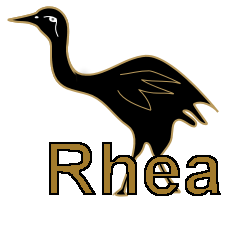| Line 5: | Line 5: | ||
'''Note*''' If v1, v2,..., vk form a basis for a vector space V, then they must be distinct and nonzero. | '''Note*''' If v1, v2,..., vk form a basis for a vector space V, then they must be distinct and nonzero. | ||
'''Note**''' The above definition not only applies to a finite set of vectors, but also to an infinite set of vectors in a vector space. | '''Note**''' The above definition not only applies to a finite set of vectors, but also to an infinite set of vectors in a vector space. | ||
| + | ===Example 1=== | ||
| + | Let <math>V = R^3</math>. The vectors | ||
Revision as of 02:24, 10 December 2011
Basis
Definition: The vectors v1, v2,..., vk in a vector space V are said to form a basis for V if (a) v1, v2,..., vk span V and (b) v1, v2,..., vk are linearly independent. Note* If v1, v2,..., vk form a basis for a vector space V, then they must be distinct and nonzero. Note** The above definition not only applies to a finite set of vectors, but also to an infinite set of vectors in a vector space.
Example 1
Let $ V = R^3 $. The vectors

